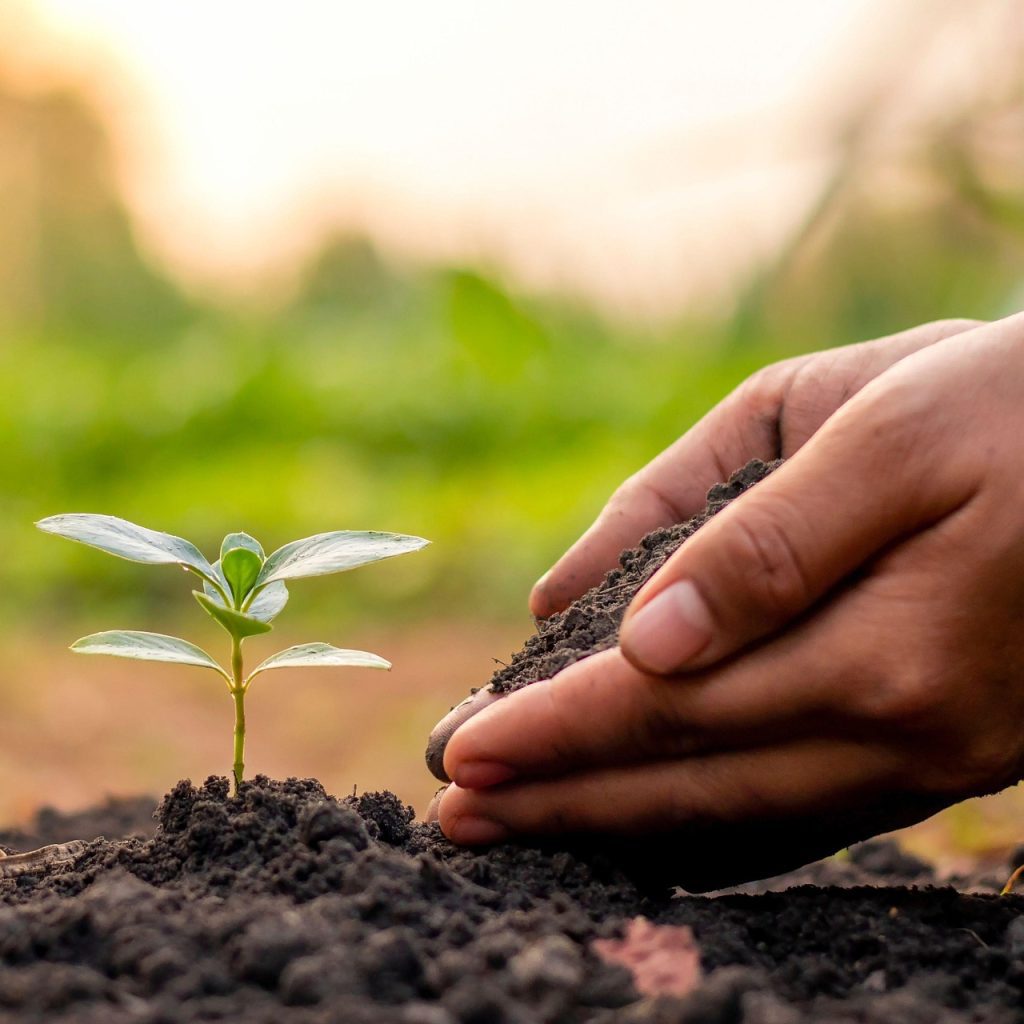Spotting the first tiny green shoots pushing through the soil is one of the most exciting moments in gardening.
But things is, those delicate sprouts need the right care, especially when it’s time to move them to a bigger home.
If you transplant too early or too late, you risk stunting their growth, or worse, losing them entirely.
This guide will walk you through exactly how to look out for sprouting plants, recognize when they’re ready for transplanting, and move them without causing shock.
How to Identify Healthy Sprouting Plants
Before you even think about transplanting, you need to make sure your seedlings are strong enough to handle the move.
Here’s what to look for:
1. Signs of Successful Germination:
- Cotyledons (First Leaves): These are the first “fake leaves” that emerge. They feed the plant until true leaves form.
- True Leaves: After the cotyledons, the next set of leaves (true leaves) will appear. These look like the plant’s mature foliage.
- Sturdy Stem: A healthy seedling stands upright, not leaning or stretching too thin (a sign of weak light).
- Vibrant Color: Leaves should be green, not yellow, brown, or spotted (which could mean disease or nutrient issues).
2. Red Flags in Sprouting Plants:
- Leggy Seedlings: Tall, thin, weak stems mean they’re stretching for light (fix with better lighting).
- Mold or Fungus: White fuzz on soil = too much moisture (improve airflow and reduce watering).
- Slow Growth: If seedlings stay tiny for weeks, they might lack nutrients or light.
- Overcrowding: Too many sprouts in one spot compete for resources. To combat this, thin them out early.
💡Pro Tip: If your seedlings look weak, don’t rush to transplant, fix their growing conditions first.
When to Transplant Seedlings
Timing is everything. Move them too soon, and they might not survive. Wait too long, and their roots get cramped.
Here’s how to know exactly when to transplant seedlings:
1. Growth Stage Clues:
- “True Leaf Rule”: Wait until at least 2-4 true leaves develop (not just cotyledons).
- Root Check: Gently lift the seedling. If roots are circling the bottom or poking out of drainage holes, it’s time.
2. Environmental Readiness:
- Outdoor Transplants:
-
- Check your last frost date (too early = frost damage).
- Harden off seedlings (gradually expose them to outdoor conditions over 7-10 days).
- Indoor Potting Up: If growing in small cells, move to bigger pots before roots get tangled.
- Mistake to Avoid: Do not transplant on a super hot or windy day as it stresses plants. Choose a cool, cloudy morning instead.
Step-by-Step Transplanting Guide
Now, here’s the right way to transplant seedlings without shocking them:
1. Prep Before Transplanting:
- Soil Choice: Use a light, well-draining mix (avoid heavy garden soil).
- Clean Tools: Sterilize pots/trowels to prevent disease spread.
- Water Seedlings: Moist soil helps roots slide out easily.
2. Remove Seedlings Safely:
- For Seed Trays: Push from the bottom or use a spoon to lift the whole root ball.
- For Individual Pots: Squeeze the sides gently to loosen, then tip it out.
- Handle by Leaves, Not Stems: If you damage a leaf, the plant recovers. A crushed stem, on the other hand, is game over.
3. Plant in the New Spot:
- Dig a Hole: Slightly bigger than the root ball.
- Depth Matters: Bury leggy seedlings deeper (up to the first leaves) to strengthen stems.
- Spacing: Follow seed packet guidelines to avoid overcrowding.
4. Do Post-Transplant Care:
- Water Gently: Use a watering can (not a harsh hose) to settle soil around roots.
- Shade for Recovery: Shield from direct sun for 1-2 days to prevent wilt.
- Hold Off Fertilizer: Wait a week so roots can adjust first before applying fertilizer.
Some Common Transplant Problems and How to Solve Them
Even with care, things can go wrong. Here’s how to fix them:
1. Transplant Shock (Drooping/Wilting):
- Cause: Roots damaged or struggling to take up water.
- Fix: Keep soil moist (not soggy), provide shade, and avoid disturbing the plant.
2. Leggy Seedlings After Transplanting
- Cause: Not enough light before moving.
- Fix: Bury stems deeper when repotting and provide brighter light.
3. Pests & Diseases:
- Prevention: Use clean soil, avoid overwatering, and inspect leaves regularly.
- Common Culprits: Aphids, damping-off fungus (if stems rot at the base).
Pro Tips for Specific Plants
Different plants have different needs.
Here’s a quick cheat sheet:
| Plant Type | Transplant Tip |
| Tomatoes | Bury stems deep (they grow extra roots!) |
| Lettuce | Transplant early (they hate root disturbance.) |
| Peppers | Keep soil warm (they grow slower than tomatoes.) |
| Herbs (Basil, Cilantro) | Trim top leaves to encourage bushiness. |
Final Thoughts
Watching seeds sprout is magical, but knowing how to look out for sprouting plants and move them the right way makes all the difference.
Remember:
- Wait for true leaves and strong roots.
- Handle seedlings gently, never by the stem.
- Give them time to adjust after transplanting.
Now, get out there and grow something amazing!
